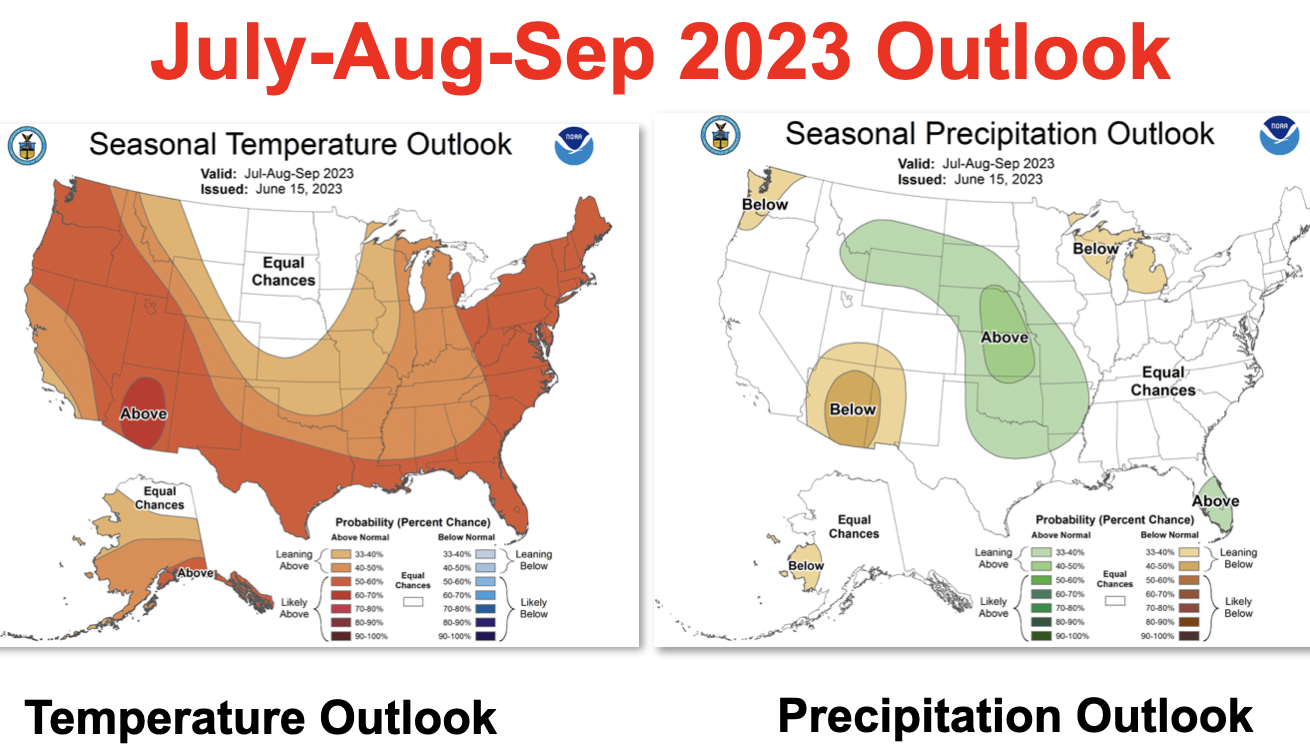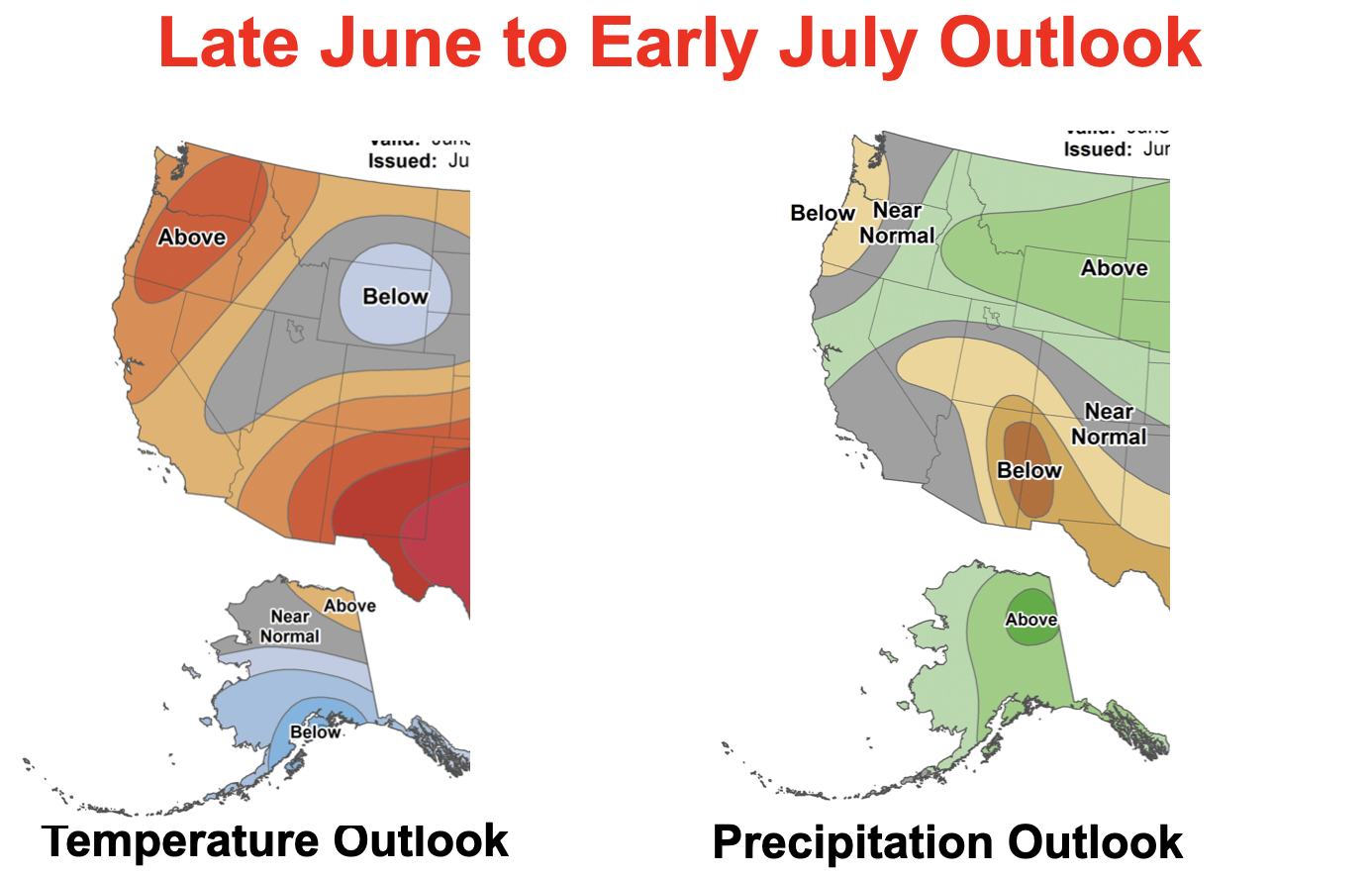PORTLAND, OR -- With warmer and drier than average conditions predicted for this summer, preparations are underway for what could be a tough wildfire season. Oregon’s wildland firefighters, hot shot crews and the agencies who manage them are bringing in more staff and equipment. "So, we’re getting those folks on, re-trained, getting their refresher training in and getting them pre-positioned around the state," says Carol Connolly, with the Northwest Coordination Center. NWCC works with federal and state land management agencies, "Our federal partners would include the Bureau of Indian Affairs, National Park Service, Fish and Wildlife Service, Bureau of Land Management and USDA Forest Service." They also coordinate with the Oregon Department of Forestry, State Fire Marshal's Office and Washington State agencies. She tells KBND News, "We need each other. We need the equipment, we need the personnel, and we need the incident management teams, which are interagency, as well."
NWCC Fire Weather Program Manager and Meteorologist John Saltenberger says Oregon is caught in the middle of an unusual weather pattern, "Warmer and drier to the north, cooler and more moist to the south and the fire potential is accordingly. Consider for a moment - Canada is on fire; it’s been warm and dry. California has been cool and wet; it’s not on fire. How often do we see that pattern shape up." Oregon crews, like the Prineville Hot Shots, are also helping battle early season fires in Canada.
El niño conditions are already warming waters off Oregon’s coast, creating warmer and drier weather in the Pacific Northwest for summer. Saltenberger's forecast shows Washington state at the highest risk of catastrophic wildfire early in the season, "I’m also going to include southeast Oregon and northwest Oregon, as being an above average potential, at this point, too, owing to the drought factors that we see creeping up and the extra grass crop that seems to be building over rangelands in southeast Oregon from the wet winter last year and the wet winter this year, as well. And reports are that we have extra cheat grass out there, which adds extra fuel to pretty fast running rangeland fires, when we get sufficient lightning strikes." He says, "Central Oregon: its drought designations - which are still there - have lessened month by month. The bad news, correspondingly, is that from the Cascade Crest westward to the Pacific coast, the drought designations are increasing week by week."
Last year, more than 435,000 acres burned in Oregon during nearly 2,000 fires; more than half of those were human caused.





